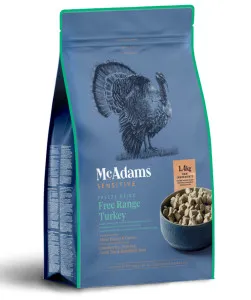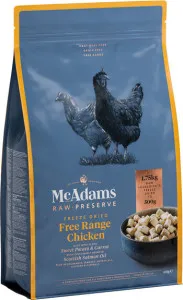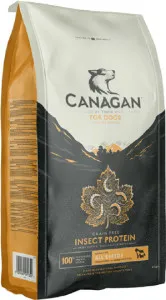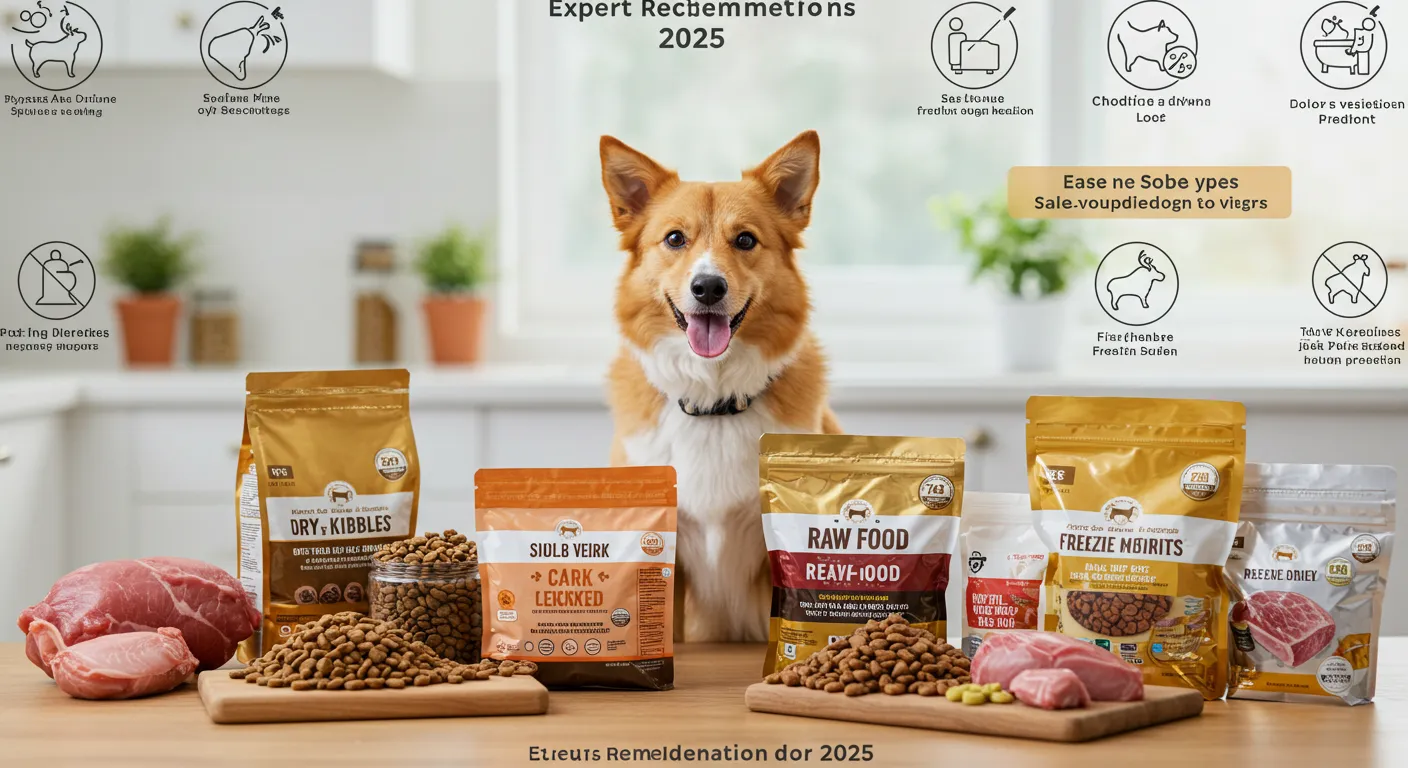Which Type of Dog Food is Best? 2025 Expert Comparison
Choosing the right dog food can feel overwhelming with so many options available. From kibble to raw, grain-free to organic, pet owners want the best nutrition for their furry friends. In this 2025 expert comparison, we break down the pros and cons of each type to help you make an informed decision.
1. Dry Dog Food (Kibble)
Dry dog food, or kibble, is the most common and convenient option. It’s affordable, has a long shelf life, and helps maintain dental health by reducing plaque buildup. However, not all kibble is created equal.
Pros of Kibble:
- Cost-effective: Generally cheaper than wet or raw food.
- Convenient: Easy to store and measure.
- Dental benefits: Crunchy texture helps clean teeth.
- Lower moisture content: Can lead to dehydration if dogs don’t drink enough water.
- Fillers and additives: Some brands use low-quality ingredients like corn or artificial preservatives.
- Hydration: High moisture content supports kidney and urinary health.
- Palatability: More appealing to fussy dogs.
- Fewer fillers: Typically contains fewer carbohydrates than kibble.
- Shorter shelf life: Must be refrigerated after opening.
- Higher cost: More expensive per serving than dry food.
- Nutrient-dense: High in protein and healthy fats.
- Improved digestion: Some dogs experience fewer allergies and better stool quality.
- Shinier coat and healthier skin: Rich in omega fatty acids.
- Risk of bacteria: Handling raw meat requires strict hygiene.
- Time-consuming: Requires careful meal planning and storage.
- Expensive: One of the priciest dog food options.
- Allergy-friendly: Helps dogs with grain sensitivities.
- Higher protein content: Often includes more meat-based ingredients.
- Potential heart risks: Some studies link grain-free diets to dilated cardiomyopathy (DCM).
- Higher cost: More expensive than traditional kibble.
- No harmful chemicals: Reduces exposure to toxins.
- Ethical sourcing: Supports environmentally friendly farming.
- Limited availability: Fewer brands offer certified organic options.
- Premium pricing: Significantly more expensive than conventional dog food.
- Customizable: Tailor meals to your dog’s needs.
- Fresh ingredients: No preservatives or artificial additives.
- Nutritional imbalances: Requires careful planning to meet dietary needs.
- Time-intensive: Preparing meals takes effort and research.
- Budget-friendly: High-quality kibble.
- Hydration & palatability: Wet food.
- Natural diet: Raw food.
- Allergy management: Grain-free or limited-ingredient diets.
- Clean eating: Organic options.
Cons of Kibble:
For a deeper dive into kibble quality, check out our Pet Food Analyzer to compare top brands.
2. Wet Dog Food (Canned)
Wet dog food is a great alternative for picky eaters or dogs with dental issues. It’s packed with moisture and often contains higher-quality proteins.
Pros of Wet Food:
Cons of Wet Food:
3. Raw Dog Food
Raw dog food mimics a dog’s natural diet, consisting of uncooked meat, bones, and organs. It’s gained popularity among pet owners seeking a biologically appropriate diet.
Pros of Raw Food:
Cons of Raw Food:
If you're considering raw feeding, our Pet Food Analyzer can help you find balanced commercial raw diets.
4. Grain-Free Dog Food
Grain-free dog food eliminates grains like wheat, corn, and rice, replacing them with alternative carbs like sweet potatoes or peas. It’s often marketed as a solution for food allergies.
Recommended Products

McAdams Freeze Dried Free Range Turkey is an excellent choice for which type of dog food is best? 2025 expert comparison. This dog food contains Boneless Free Range Turkey 86.5% and other high-quality ingredients that promote overall health.

McAdams Freeze Dried Free Range Chicken is an excellent choice for which type of dog food is best? 2025 expert comparison. This dog food contains Boneless Free Range Chicken 86% and other high-quality ingredients that promote overall health.

Canagan Insect is an excellent choice for which type of dog food is best? 2025 expert comparison. This dog food contains Freshly Prepared Insects (27%)* and other high-quality ingredients that promote overall health.
Pros of Grain-Free:
Cons of Grain-Free:
5. Organic Dog Food
Organic dog food is made with ingredients free from synthetic pesticides, hormones, and antibiotics. It’s ideal for pet owners prioritizing sustainability and clean eating.
Pros of Organic Food:
Cons of Organic Food:
6. Homemade Dog Food
Homemade dog food allows complete control over ingredients, making it a favorite for pet owners with specific dietary concerns.
Pros of Homemade Food:
Cons of Homemade Food:
Which Dog Food is Best in 2025?
The best dog food depends on your pet’s age, breed, health, and preferences. Here’s a quick guide:
For a personalized recommendation, try our Pet Food Analyzer to compare brands and find the perfect match for your pup.
Final Thoughts
No single dog food type is perfect for every dog. The key is balancing nutrition, convenience, and budget while considering your pet’s unique needs. Stay informed, read labels, and consult your vet if you’re unsure.
Ready to find the best food for your dog? Explore our Pet Food Analyzer today and make an educated choice for your furry friend’s health and happiness.
